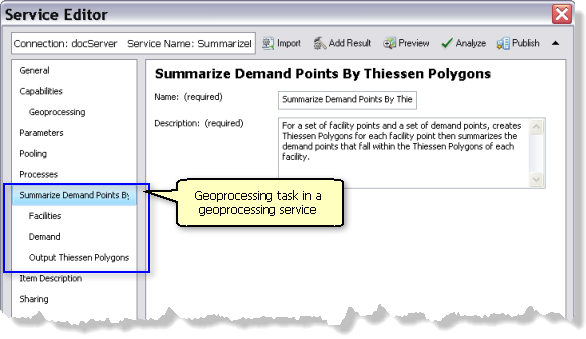
Topological operators ( boundary, buffer, clip, convexHull, difference, distanceTo, intersect, symmetricDifference, and union).New geometry methods: Geometry classes now support:.Additional functions for supporting spatial references and transformations include ListSpatialReferences and ListTransformations. Spatial references: SpatialReference objects can now be created directly from spatial reference names and authority code (factory code) ID values.Python 2.7: ArcGIS 10.1 has been upgraded to include the Python 2.7 release.A custom tool requires implementing four interfaces: IGPToolExtension, IGPToolExtensionFactory, IClone, and IPersistStream. Custom tools are built into the system and implemented via a programming language such as Visual C++ or. A custom tool is also referred to as a tool extension. However, unlike a function tool with a static definition (that is, behavior and parameters), a custom tool can have a dynamic parameter definition (for example, models). Custom-A custom tool is similar in concept to a function tool.The Tool Creation section in this topic focuses on how to extend geoprocessing with function tools. A function tool requires implementing a minimum of two objects: a function object that implements IGPFunction and a function factory object that implements IGPFunctionFactory. Function-A function tool is built into the system and implemented via a programming language such as Visual C++ or.All geoprocessing tools can be accessed and executed inside a script. Scripts are analogous to models, in that they can be used to automate a geoprocessing workflow. Script-A script can be a tool that you author using a scripting language such as Python.A model tool runs your GIS workflow to generate a new output.


The most important thing to remember is models are just tools. A process consists of a tool and its parameter values. A model consists of one process or, more commonly, multiple processes strung together.

These inputs are referred to as parameters. As mentioned, a geoprocessing tool can be referred to as an operation that can take an input or set of inputs and generate one or more outputs.


 0 kommentar(er)
0 kommentar(er)
